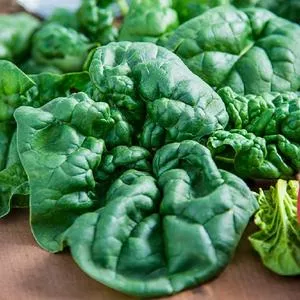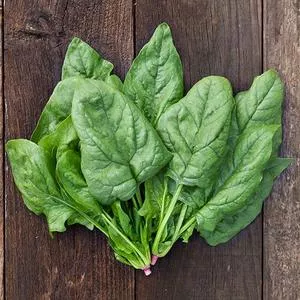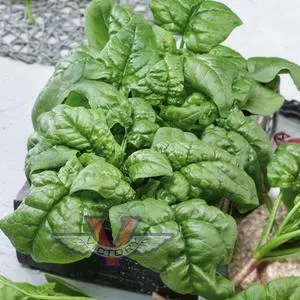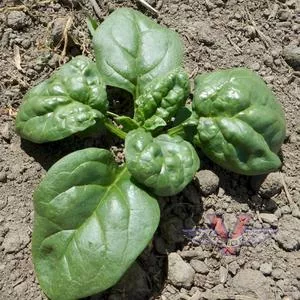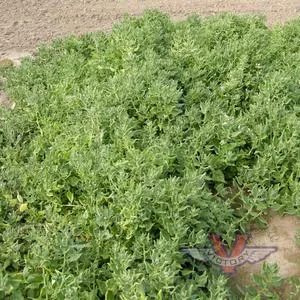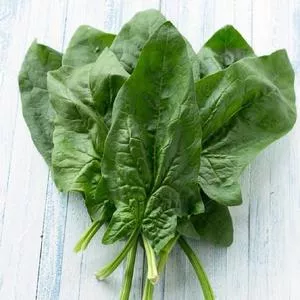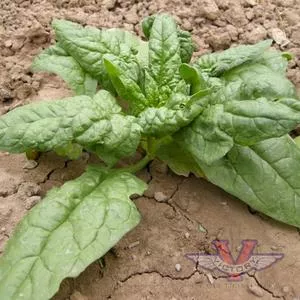Spinach
Unless Otherwise Noted, Spinacia oleracea
Spinach has been used for so much of human history, that its exact origin is speculative. However, it is believed to be native to ancient Persia and to have been carried by Arab traders into India where it spread through the Far East. The earliest existing record of spinach is in Chinese where it is described as being introduced there from Nepal in about 650 AD. By about 800 AD, it had started to become established and incorporated into Mediterranean cultures and diets, moving into Spain in the 12th century, and into England and France by the 13th. It became popular in Europe partly because it emerged early in the spring when other fresh vegetable crops were scarce.
Spinach is a cool weather crop that bolts when the season gets hot. For the best chance at spring success, seeds must be started as early as possible for your area. Click here for planting and harvest information.
Each packet contains four grams, which is approximately 300 seeds.
7 found

